“This Is Bliss” is an investigation into the vanishing roadside geography and current residents of a rural Idaho town named Bliss. The project is philosophically rooted in a broad consideration of how deeply entrenched mythologies of place (the American West) and traditional mythologies of happiness collide (and are frequently confounded) in a location that bears a complex narrative of booms and busts and reflects the long evolution of American Idealism. The richly complex historical significance of Bliss is evidenced by its positioning on the Oregon Trail, its emergence as a town during the construction of the first railroads in the continental US (built predominantly with the use of Chinese slaves), its positioning on the Snake River Valley, which was investigated photographically by the likes of Ansel Adams and hosts the site of daredevil Evel Knievel’s failed attempt to jump a gorge with his motorcycle in 1974, as well as being the home town of Holden Bowler, the inspirational namesake for J.D. Salinger’s quintessential malcontent Holden Caulfield in “The Catcher in the Rye”. Bliss’ heyday, however, came in the mid-20th century during the height of road trip America and only began to diminish when Interstate 84 was constructed, redirecting vehicular traffic away from a once thriving community. As a result, Bliss has been in slow economic decline ever since, an all-too-familiar story plaguing small towns in America for decades. All that remains in Bliss is two gas stations, a small school, a church, a diner, and two saloons to service its approximately 300 remaining residents. Through a thorough look at the contemporary landscape and its inhabitants, “This Is Bliss” becomes an investigation into the contrasts between romantic visions of the American west and its contemporary reality, as well as a meditation on how the heights of idealism are obtained on both a personal and cultural level.
Jon Horvath
This Is Bliss
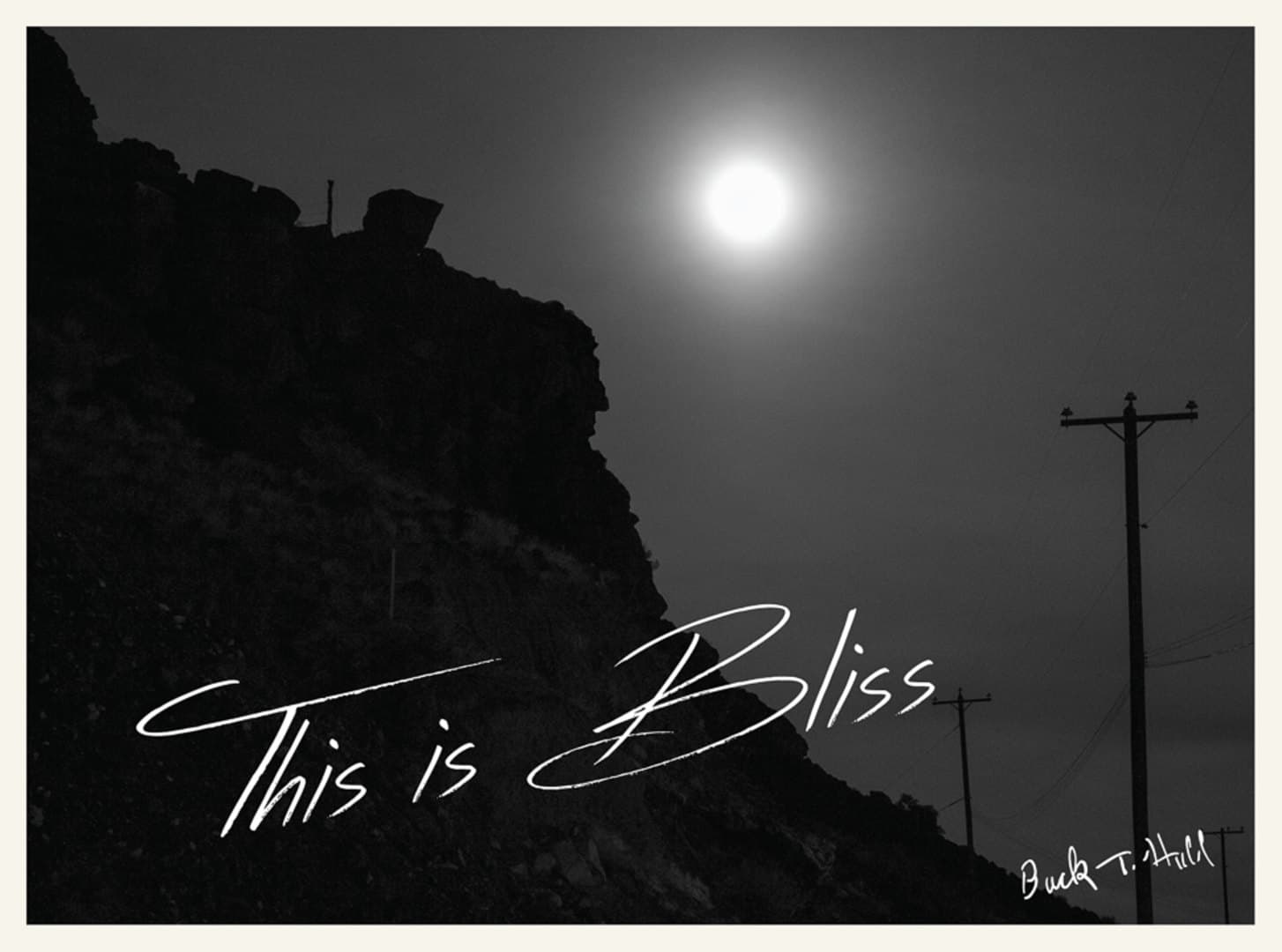

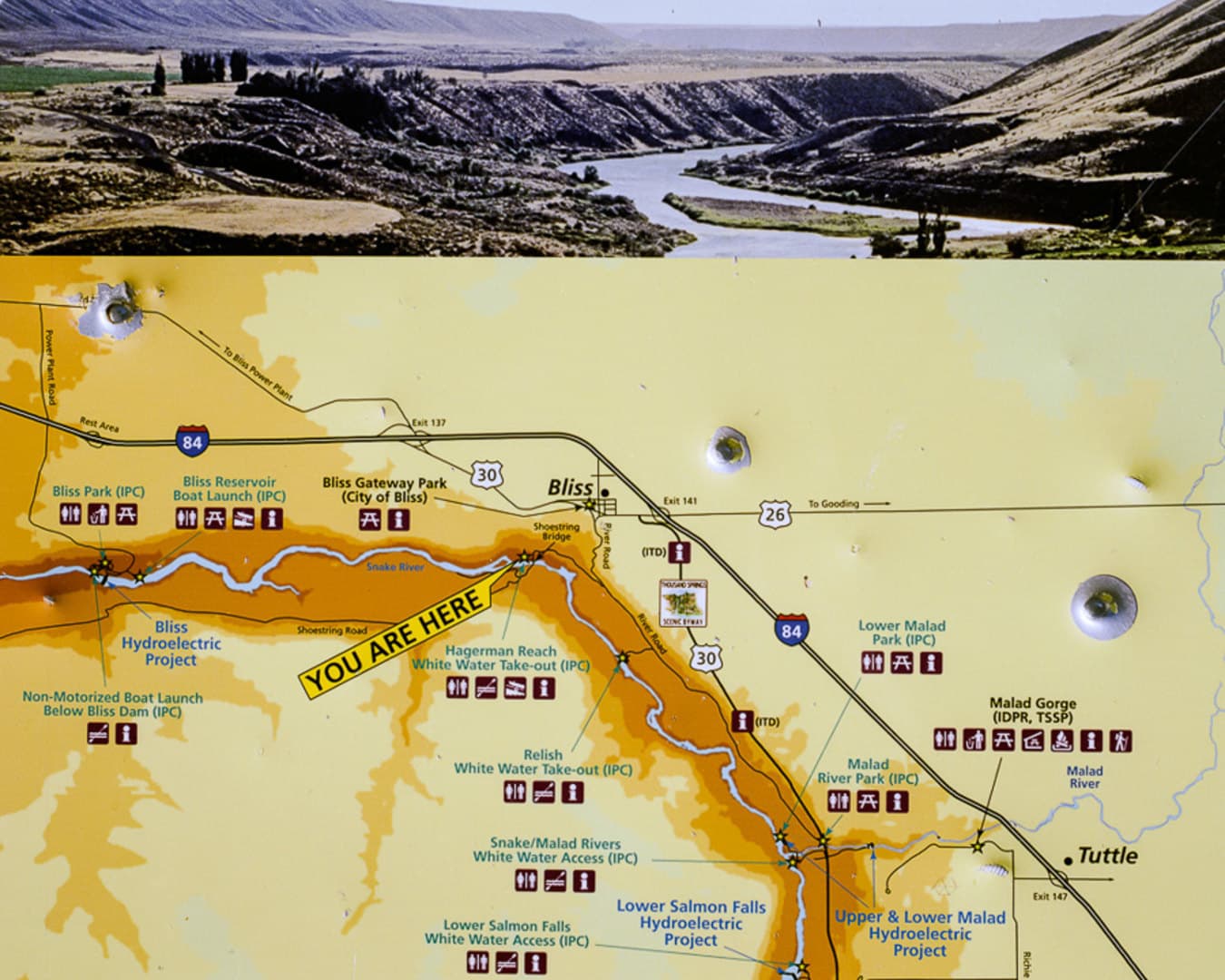
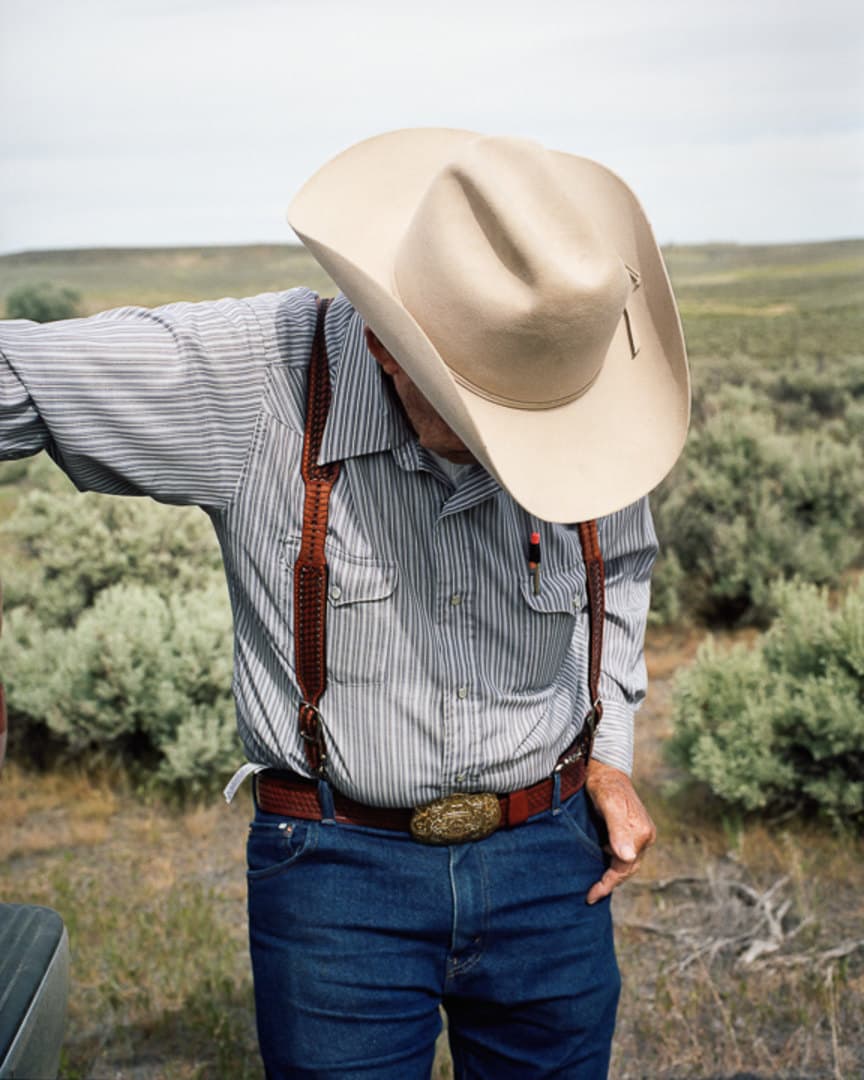
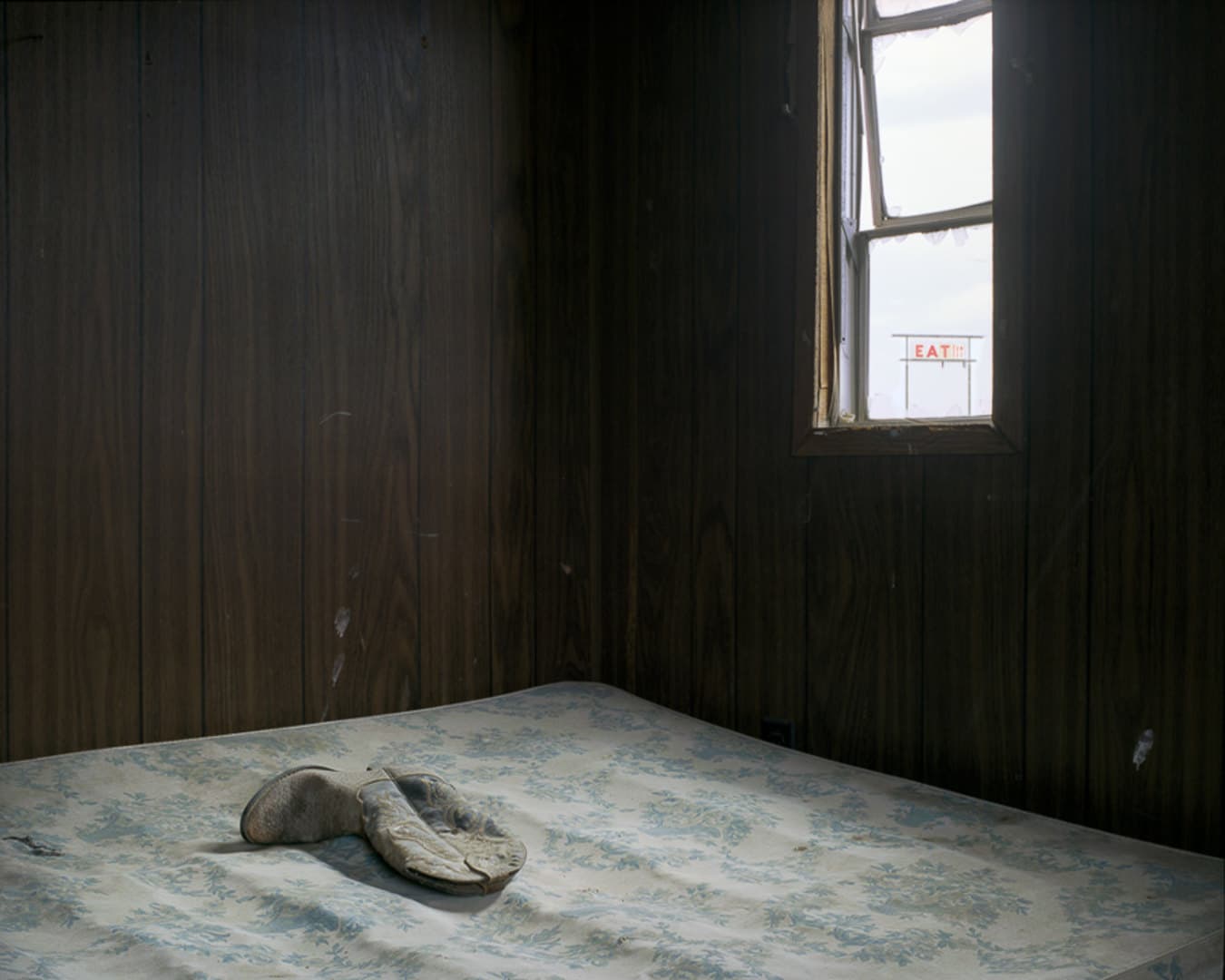

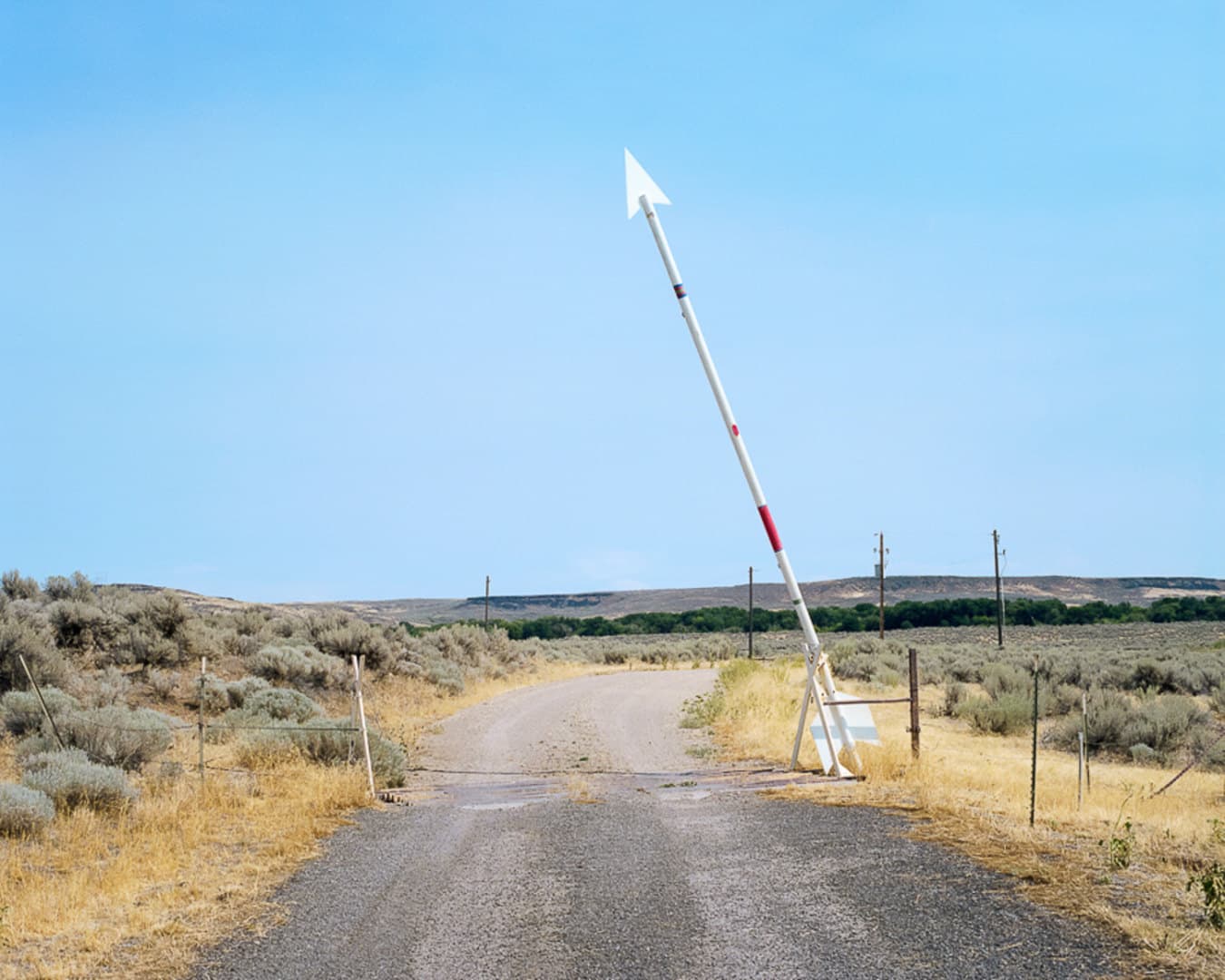

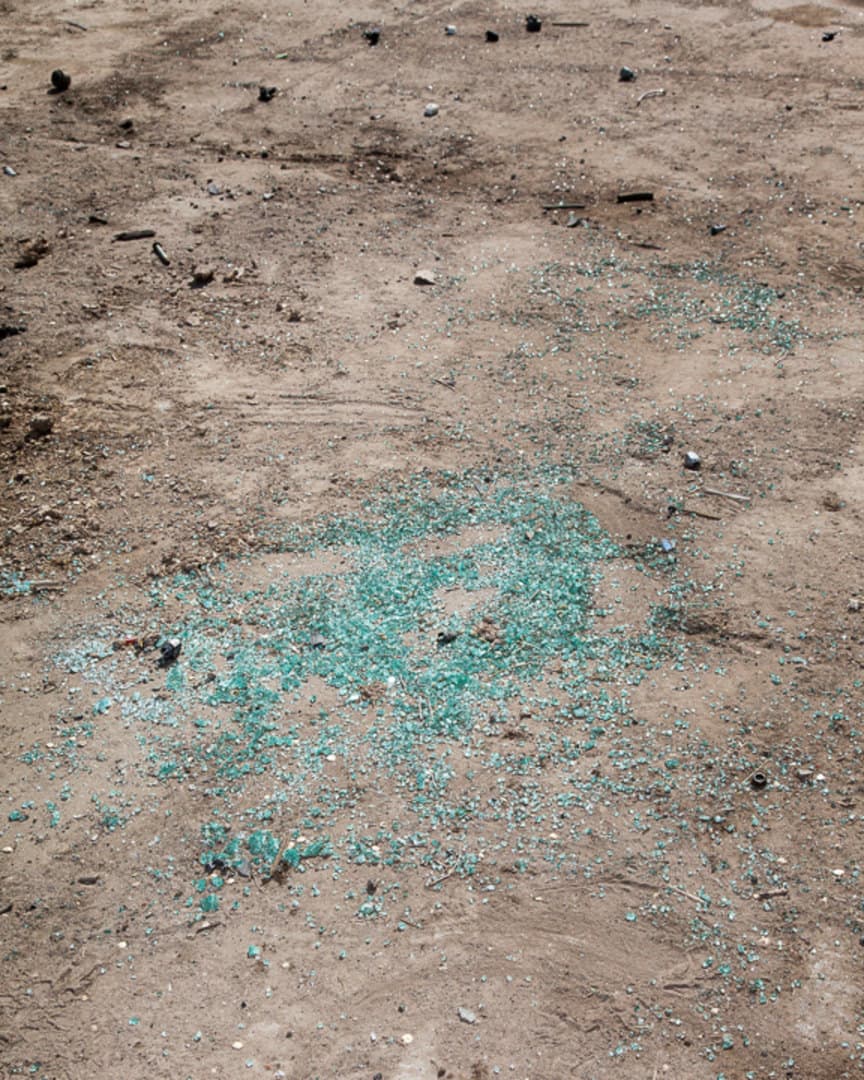
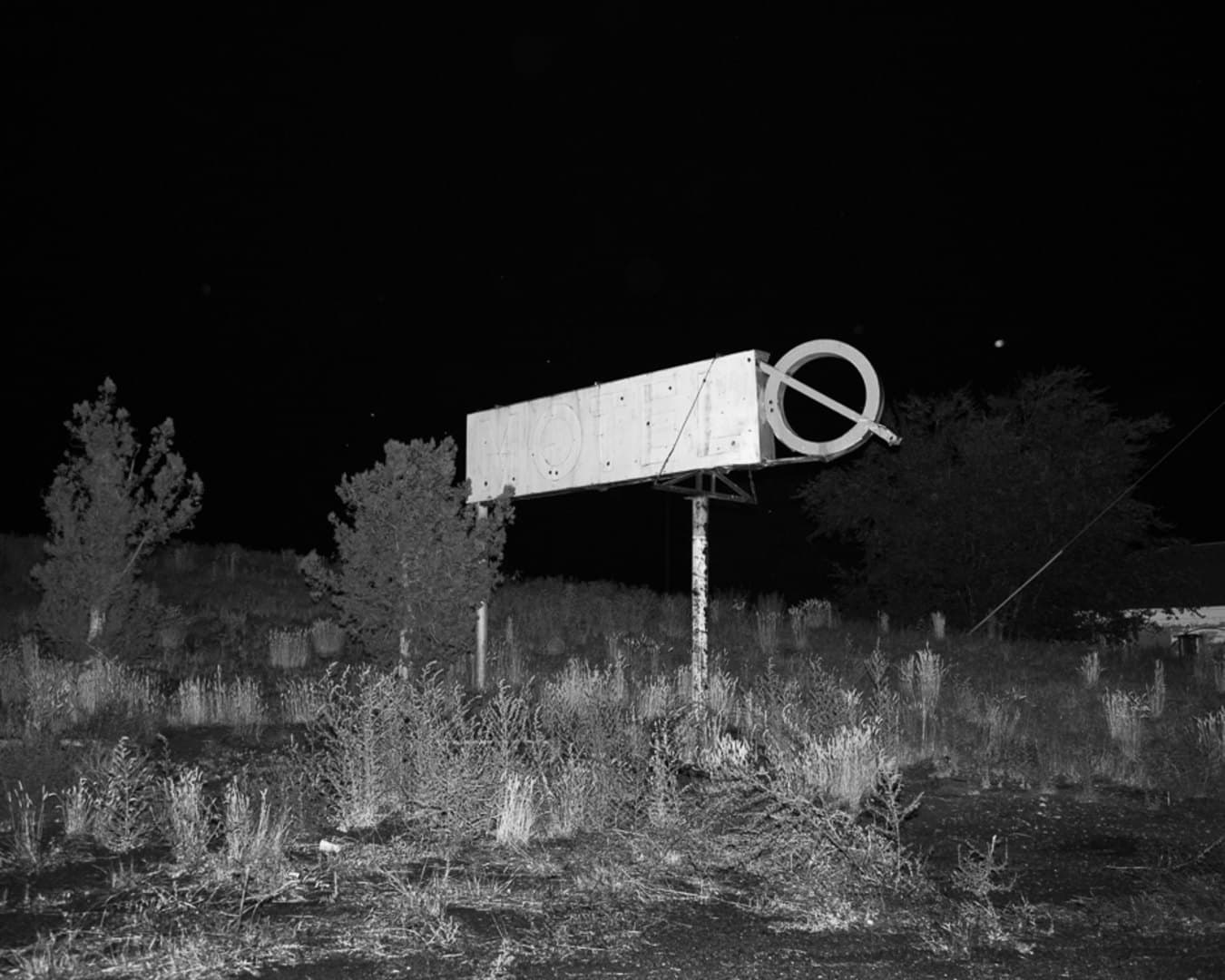

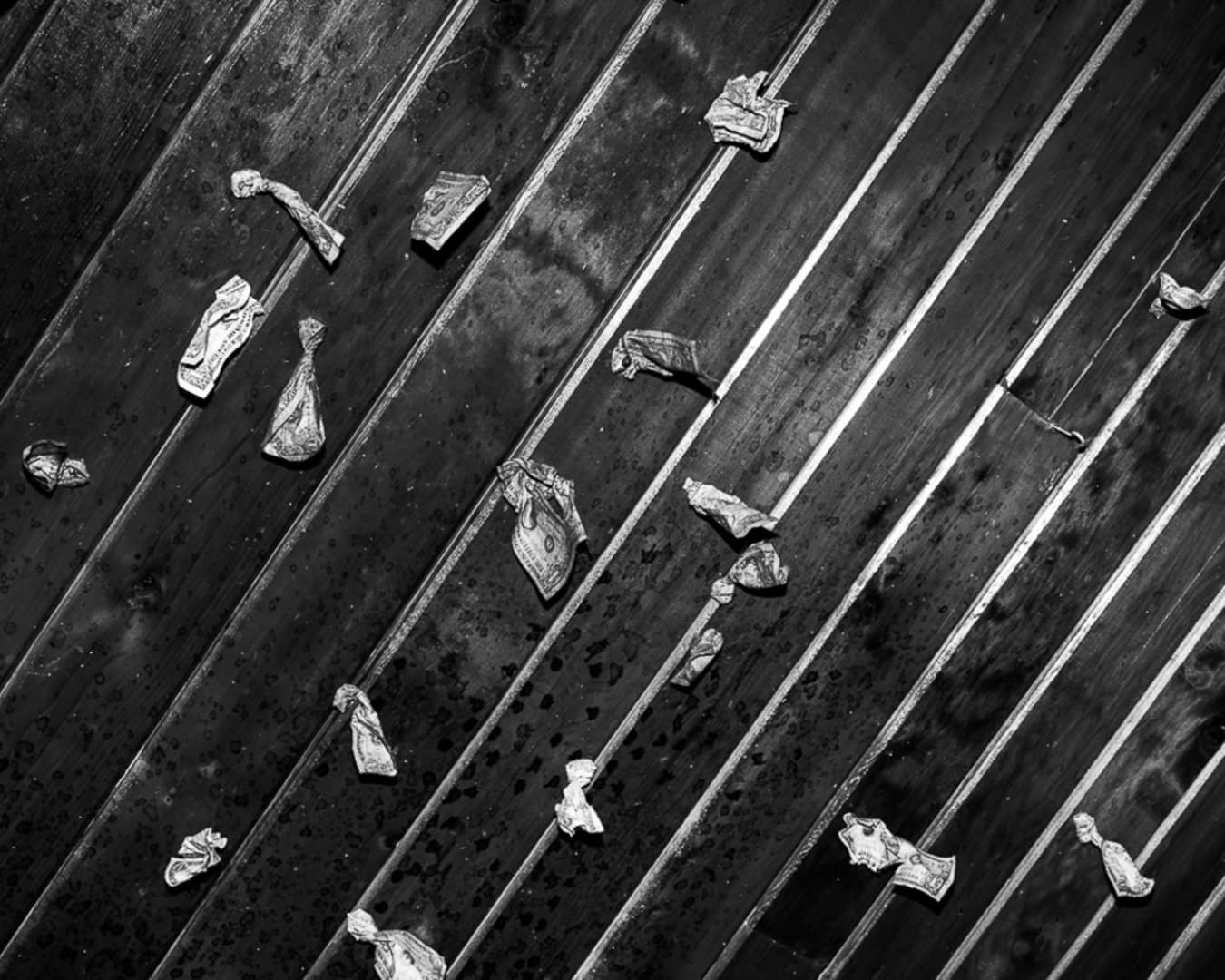
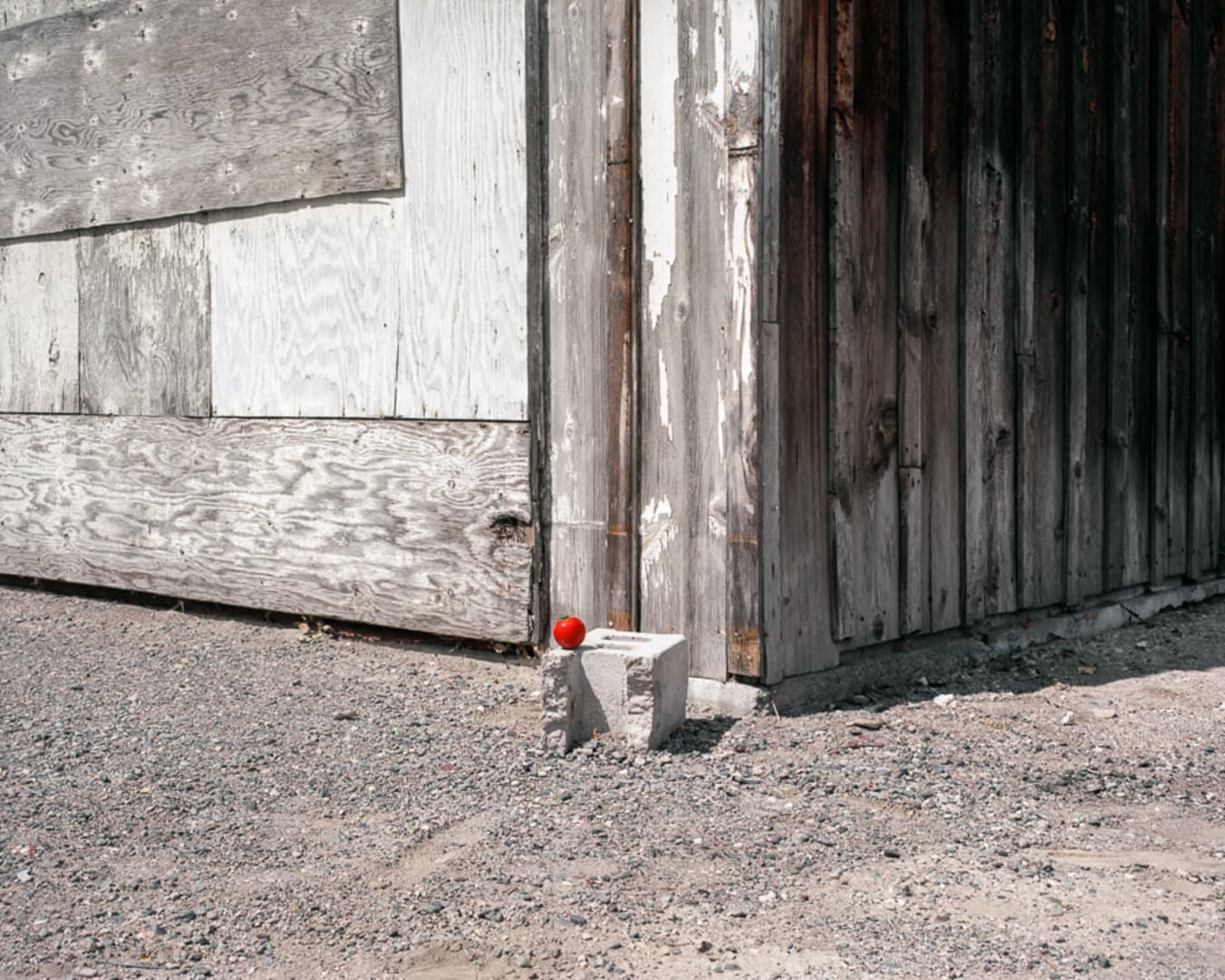


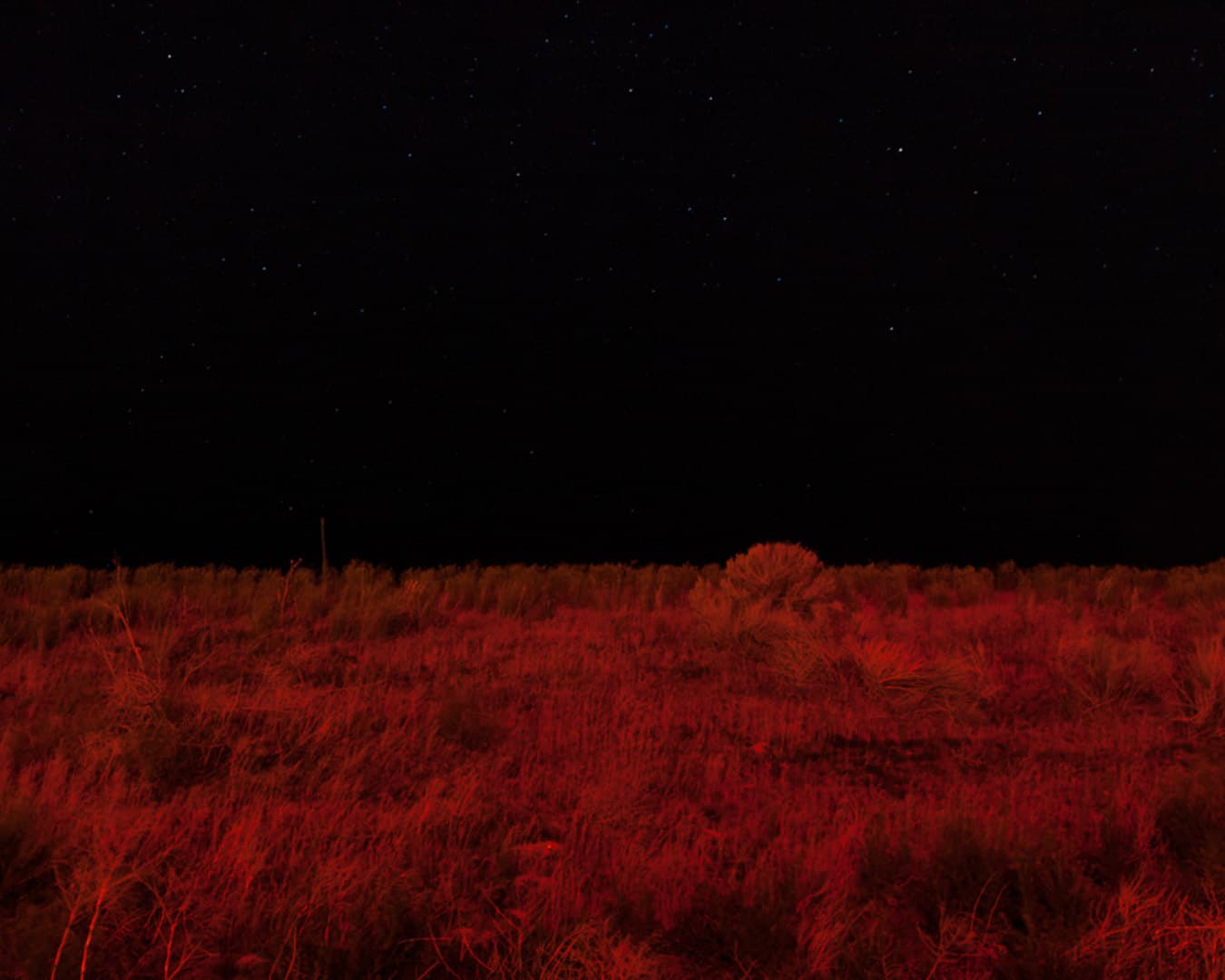
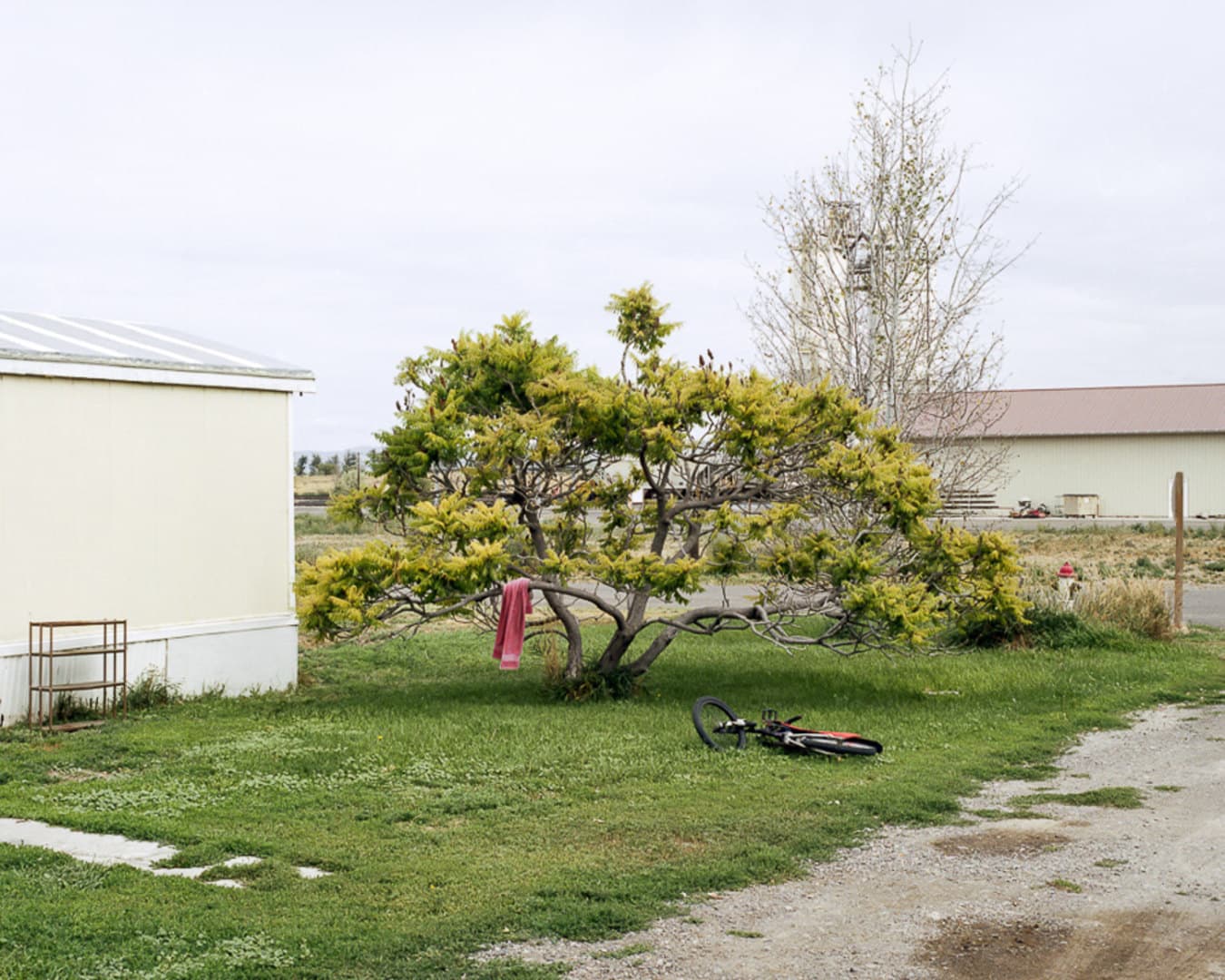
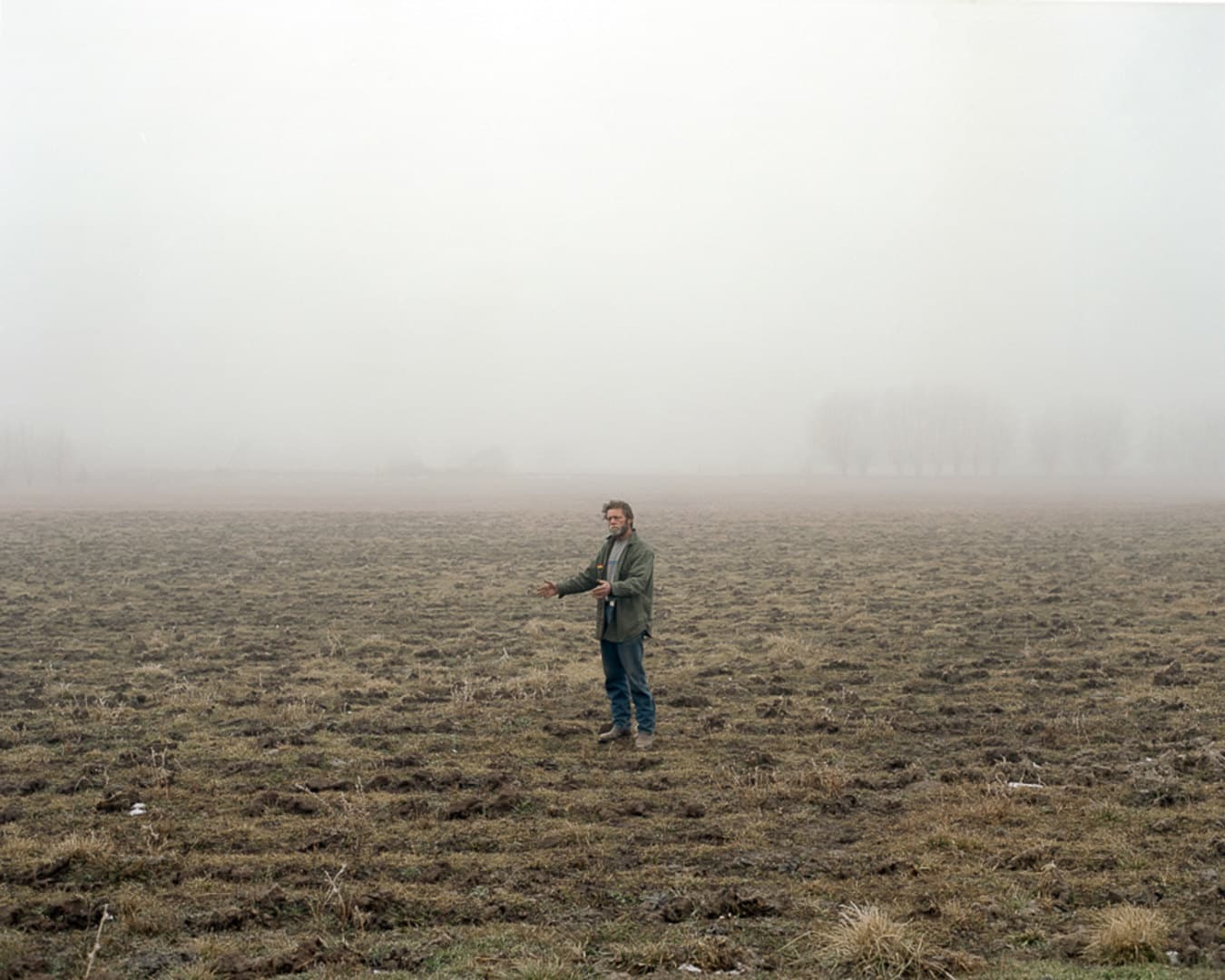
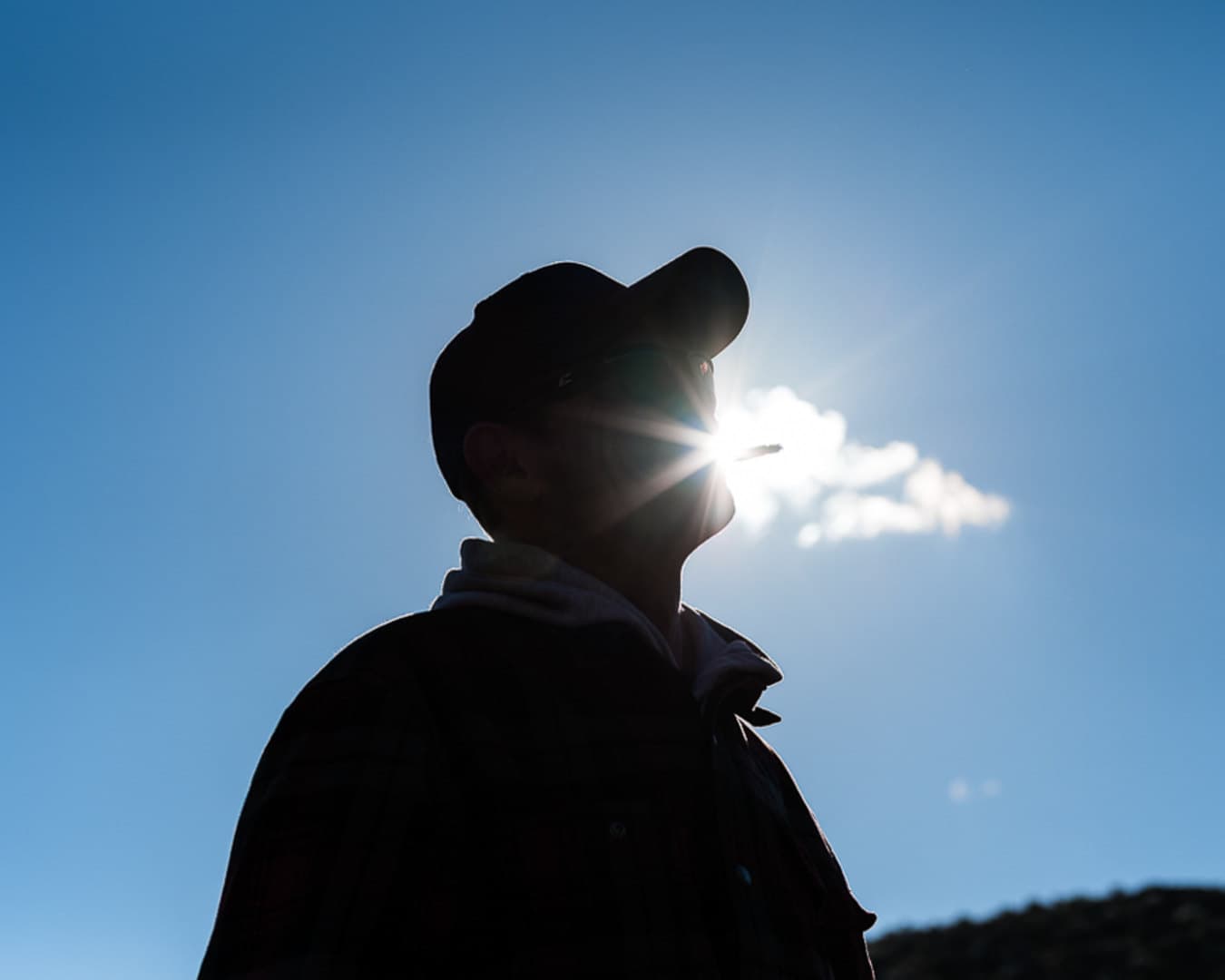
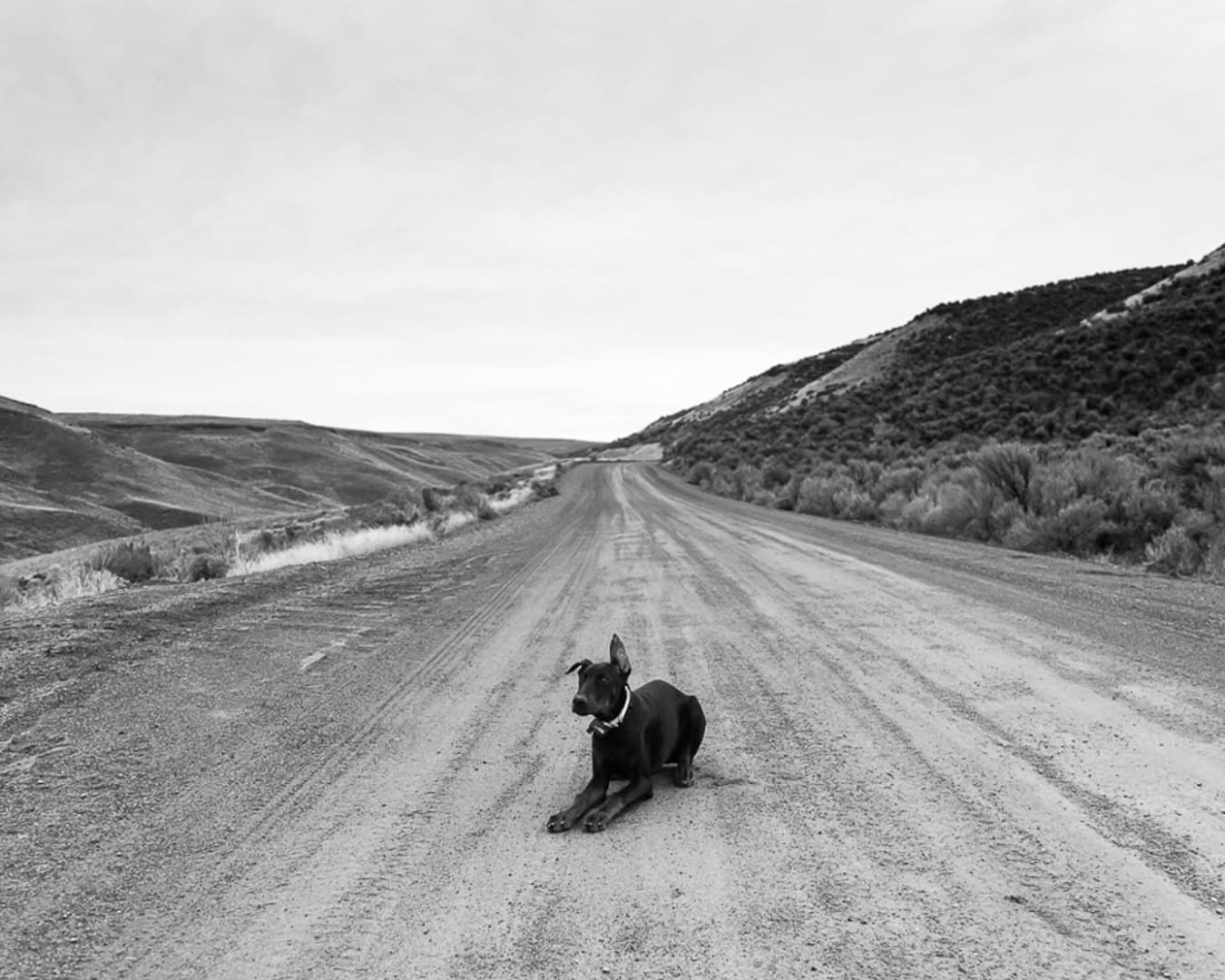
All images © courtesy of Jon Horvath
